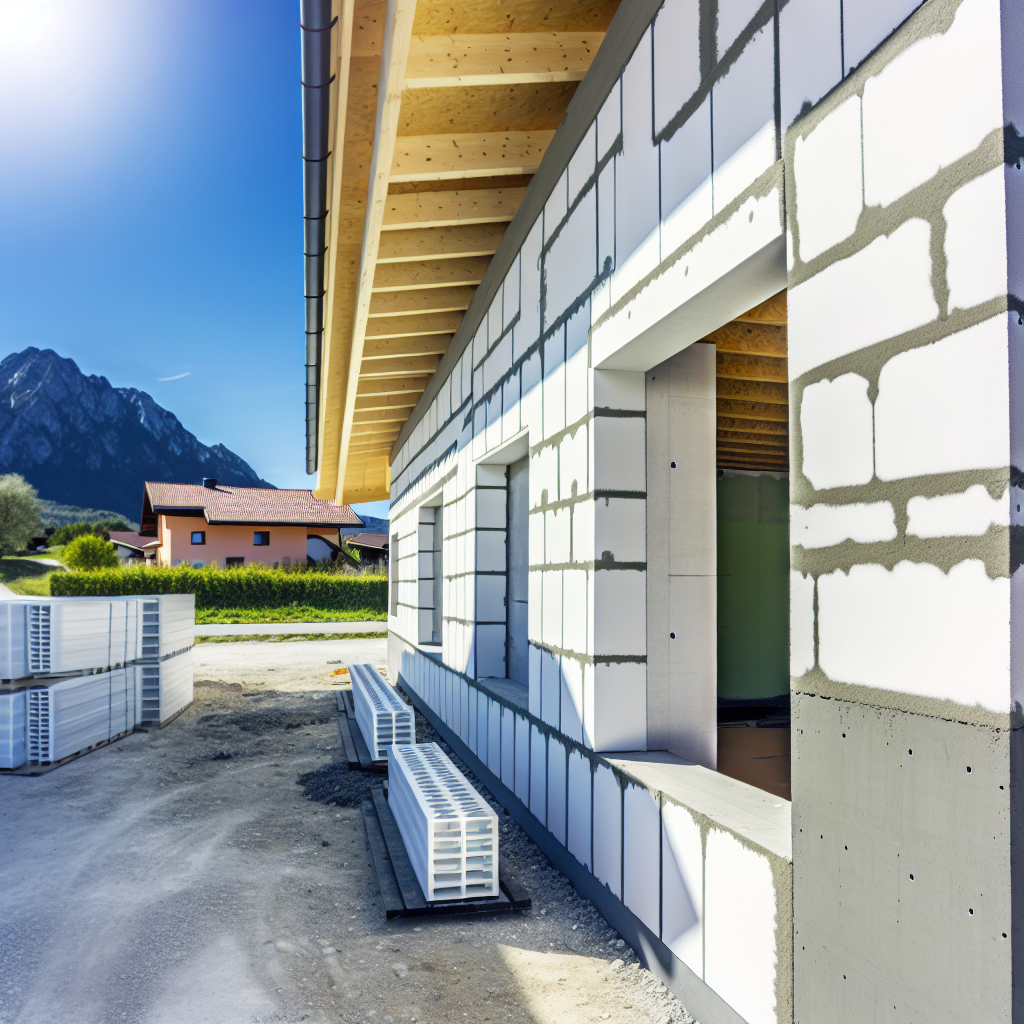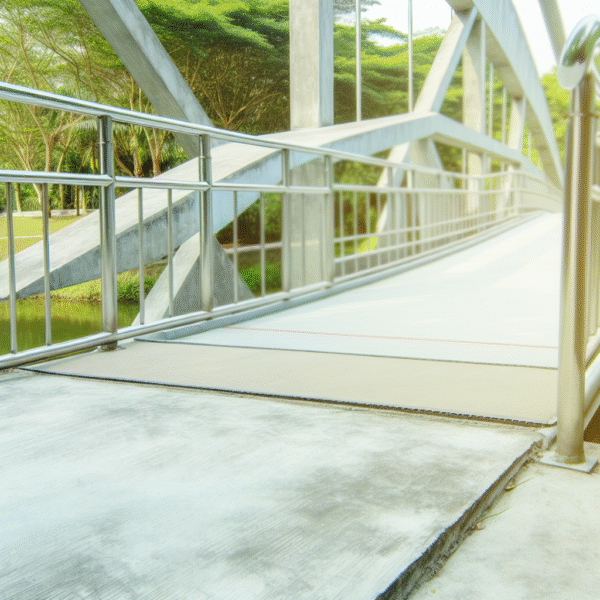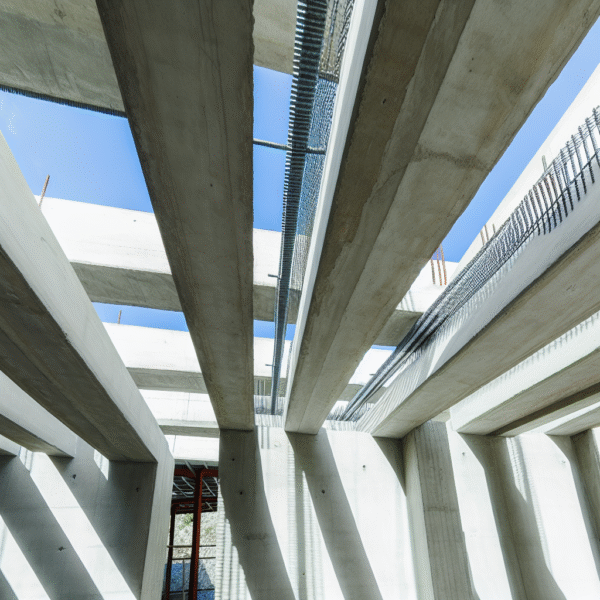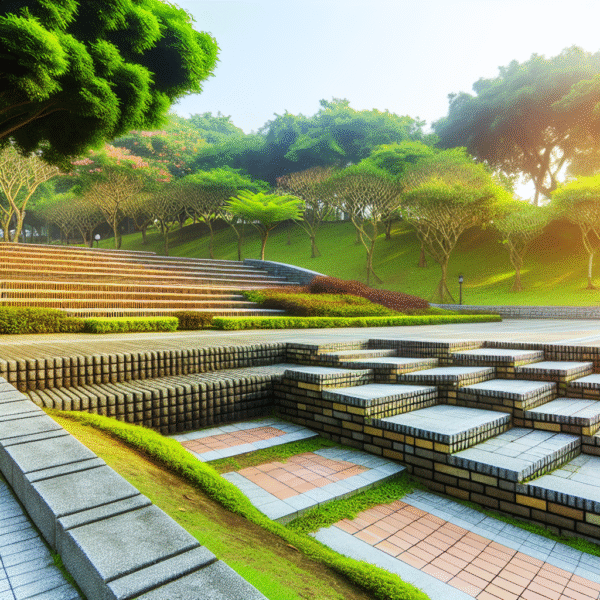Discover Energy-Efficient Living with Insulating Concrete Forms
Insulating Concrete Forms are transforming how we build eco-friendly homes and travel accommodations. Whether you’re relocating with your family, designing a mountain retreat, or exploring green travel destinations, these smart building materials offer a powerful solution for sustainable living. From Quebec’s wooded chalets to Colorado’s alpine escapes, Insulating Concrete Forms are making energy-efficient structures the new standard in forward-thinking communities.
This guide uncovers real-world examples, expert advice, and travel tips—helping you make greener choices both at home and on the road.
What Are Insulating Concrete Forms (ICF)?
Insulating Concrete Forms are hollow blocks or panels made from expanded polystyrene (EPS) that are stacked, reinforced, and filled with concrete. These durable, insulating shells create an airtight thermal envelope that improves energy efficiency and keeps indoor temperatures stable year-round. With ICF, buildings stay cooler in summer and warmer in winter while reducing reliance on heating and cooling systems.
The benefits go well beyond utility savings. ICF structures are highly fire-resistant and can withstand severe winds or earthquakes, making them ideal for remote locations or adventure properties. In Breckenridge, Colorado, many lodges and rental properties have adopted ICF to meet green building standards while delivering comfort and quietness to their guests. Builders also favor ICF for its flexibility in modern architectural design.
ICF Projects Across North America
Curious to see Insulating Concrete Forms in action? Several North American communities have adopted ICF at scale and now serve as travel-friendly showcases of this innovative building method:
- Whistler, British Columbia: Set amid rugged peaks, Whistler offers eco-conscious accommodations built with ICF. In the Alta Lake area, visitors can explore cabins and lodges that highlight their sustainable design choices during walking tours and seasonal eco-workshops.
- Missoula, Montana: A haven for passive and net-zero homes, Missoula is home to ICF-built guesthouses like Cottonwood on Rattlesnake Trail. These energy-smart residences offer guided eco-home tours, drawing both curious tourists and future homebuilders.
- Mont-Tremblant, Quebec: Beyond its ski slopes, Mont-Tremblant features mountain lodges with timber facades hiding ICF cores. The Grand Nord Eco Chalet is a great example—ask locals where it’s tucked away among the pines.
Looking to purchase a property or explore tax incentives? States like Vermont, Idaho, and provinces like Alberta support ICF adoption via rebates and grants. Visit building centers in cities like Burlington or Boise to compare material costs and meet local suppliers.
Where Green Travel and Sustainable Living Meet
Whether you’re an eco-conscious traveler or researching your future dream home, discovering destinations constructed with Insulating Concrete Forms makes each journey more mindful. In Santa Fe, New Mexico, you’ll find adobe-style homes blending with ICF structures—many of them LEED-certified. Walking tours in districts like the Railyard highlight these innovations with flair.
In Kentucky’s Red River Gorge, treehouse rentals and climbing hostels constructed with ICF stand up to the region’s rugged climate. Look out for off-grid lodges that benefit from ICF’s year-round insulation without sacrificing charm or comfort. Locals near Miguel’s Pizza are often eager to reveal hidden spots worth discovering.
For a hands-on experience, stop by the McDowell Environmental Center in Alabama during their spring or autumn workshops. Here, families and individuals learn how ICF integrates with solar energy, water reclamation, and permaculture—making it one of the South’s best eco-education stops.
Family Destinations Featuring Insulating Concrete Forms
Eco-friendly travel doesn’t have to mean sacrificing comfort or fun. Across North America, many family attractions and lodgings are built using Insulating Concrete Forms—balancing energy savings with memorable experiences:
- Great Wolf Lodge (Colorado Springs, CO): This indoor water park resort incorporates ICF in its lodging wings. Families stay cozy through Colorado’s weather swings while supporting a lower-carbon stay.
- Chattanooga Greenway Farm Park (Tennessee): The visitor center uses ICF sections to reduce energy demand. Rangers often host family-friendly education sessions about eco-design and green building methods.
- Toronto Zoo’s Tundra Trek (Ontario): Behind-the-scenes infrastructure benefits from ICF’s thermal control. During scheduled eco-tours, staff explain how the zoo reduces its environmental impact year-round.
Travelers with kids can even gamify green travel. Keep count of ICF buildings you see or visit—it’s a fun, subtle way to introduce environmental awareness into your vacation.
Travel Tips for ICF Enthusiasts
If you’re curious about integrating Insulating Concrete Forms into your home plans—or just want to learn more while exploring—try these smart travel strategies:
- Search Eco-Friendly Stays: When browsing Airbnb or Vrbo, look for terms such as “ICF-built,” “LEED-certified,” or “net-zero.” Many hosts highlight these features in their descriptions.
- Tour Green Building Hubs: Cities like Portland (OR), Asheville (NC), and Calgary (AB) offer architectural centers or exhibits on sustainable materials, often including guided ICF tours.
- Attend Festivals and Expos: The annual Greenbuild International Conference or regional events like Canada’s EcoHome Tours offer chances to explore ICF homes up close and connect with builders.
- Chat with Locals: Farmers’ market vendors, coop volunteers, and shopowners often know about local ICF projects and are happy to offer site suggestions or names of sustainably minded architects.
Bridge education with exploration, and your green travel becomes infinitely richer. Structures built with ICF often house the most inspiring stories of resilience, resourcefulness, and community care.
Celebrating Regional Architecture with ICF
Perhaps the most impressive aspect of Insulating Concrete Forms is how smoothly they blend into regional design norms. They often lie hidden beneath traditional facades—performing in silence while preserving beloved architectural styles.
In Taos, New Mexico, you’ll find colorful artist cottages with thick ICF walls hidden beneath plaster finishes. Nearby, Earthship Biotecture showcases how ICF pairs with passive solar design and salvaged materials to redefine off-grid living. On Canada’s South Shore, Nova Scotia’s wind-battered coastlines host charming ICF-insulated cottages—keeping winter out without compromising maritime aesthetics.
Whether you’re cycling along coastal roads or trekking mountain passes, understanding ICF adds depth to your travel experience. These aren’t just buildings—they are the cornerstones of a more sustainable world. By seeking them out, you gain insight into how communities adapt and thrive responsibly.




